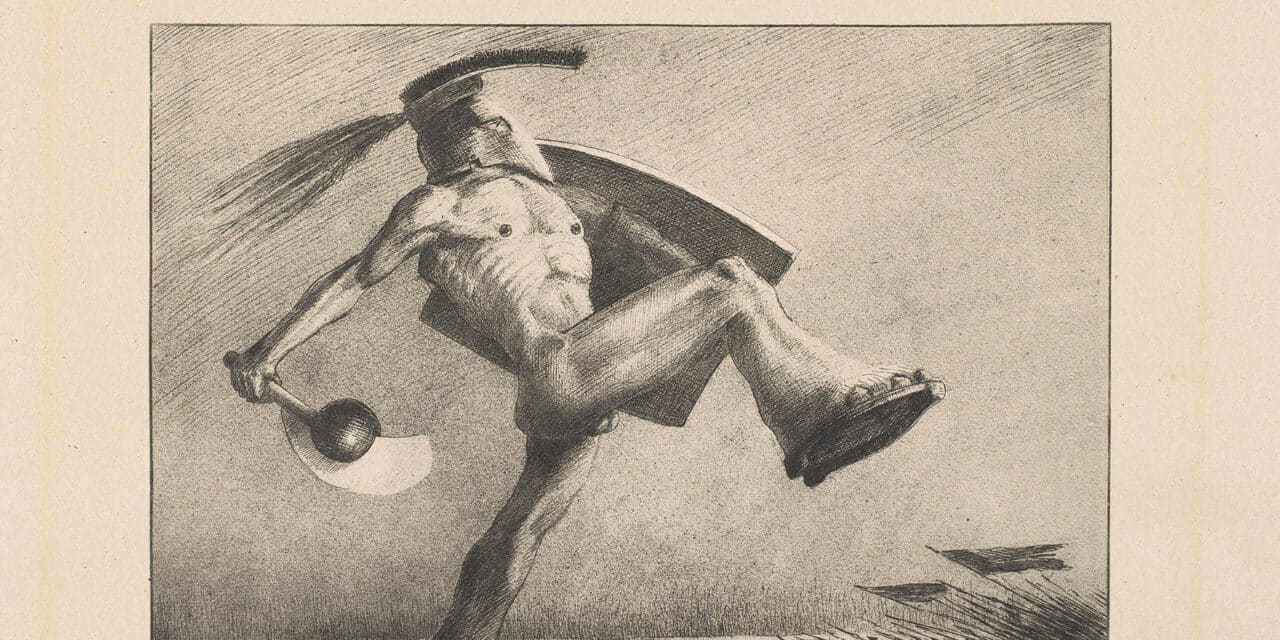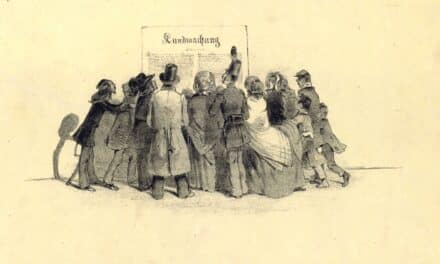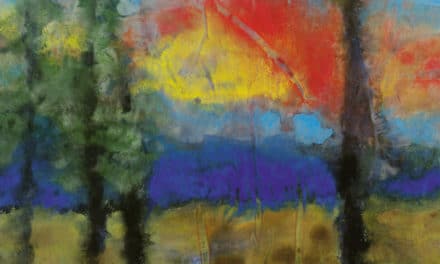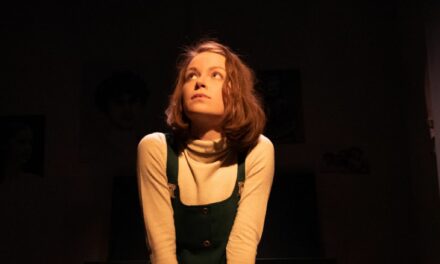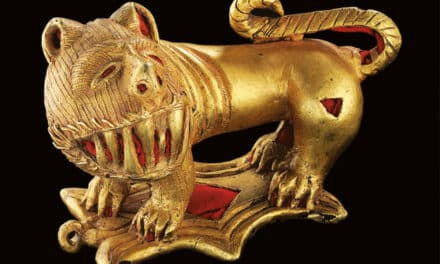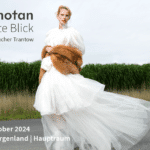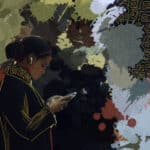Death affects everyone. It is the subject of human existence par excellence. Because being human means being mortal. But all other living beings - plants, animals, microorganisms, even celestial bodies - also die, decay, burn up, go out. After more than three years of the coronavirus pandemic and a year and a half after the start of the Russian war of aggression in Ukraine, death is more present as a threat to many people than ever before.
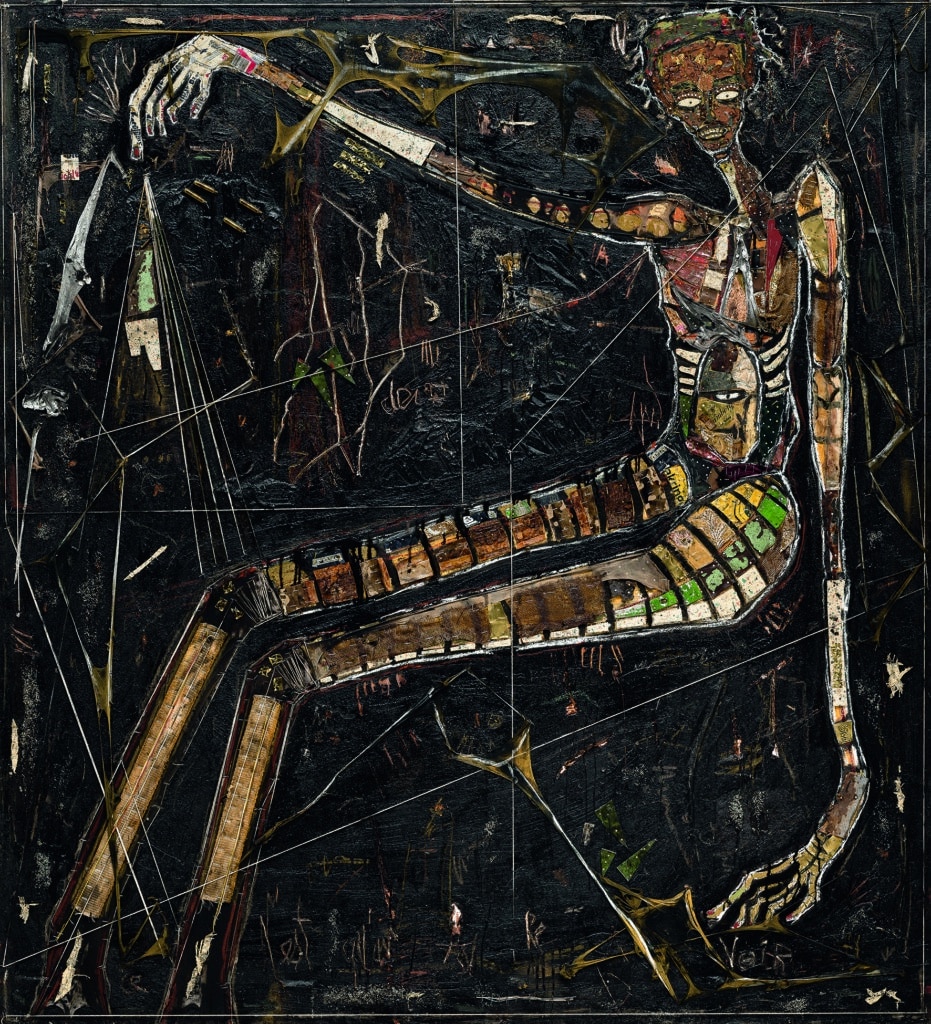
Alexandre Diop, Ce n'est qu'un au revoir, 2020, private collection, Vienna © Alexandre Diop, photo: 2021©Jorit Aust
The new exhibition at the Dom Museum Wien deals with the most inescapable part of every existence: "Being Mortal" traces the profound meaning of death not only in an individual, but also in a collective and socio-political context by juxtaposing works of art that span a cultural-historical arc from the Middle Ages to the present day. Intimate, personal approaches are illuminated as well as the public, political role of dying and the confrontation with it. "We are convinced that we can, indeed must, expect our audience to enjoy this exhibition, because one of the core tasks of a contemporary museum is not just to entertain", says museum director Johanna Schwanberg, who curated the show together with Klaus Speidel. The Dom Museum Wien is one of the most appropriate places to host an exhibition on the topic of death, which is so important to humanity: Given the immense presence of the theme of death in Christian art, it is not surprising that the museum has collections rich in exhibits directly or indirectly related to death. Death also plays a central role in the modern and largely secular Otto Mauer Collection, which comprises over 3,000 works - reason enough to set up a "cabinet of drawings" within the show, which primarily presents a wealth of prints from the holdings that were originally owned by the cathedral preacher and art collector Mauer.
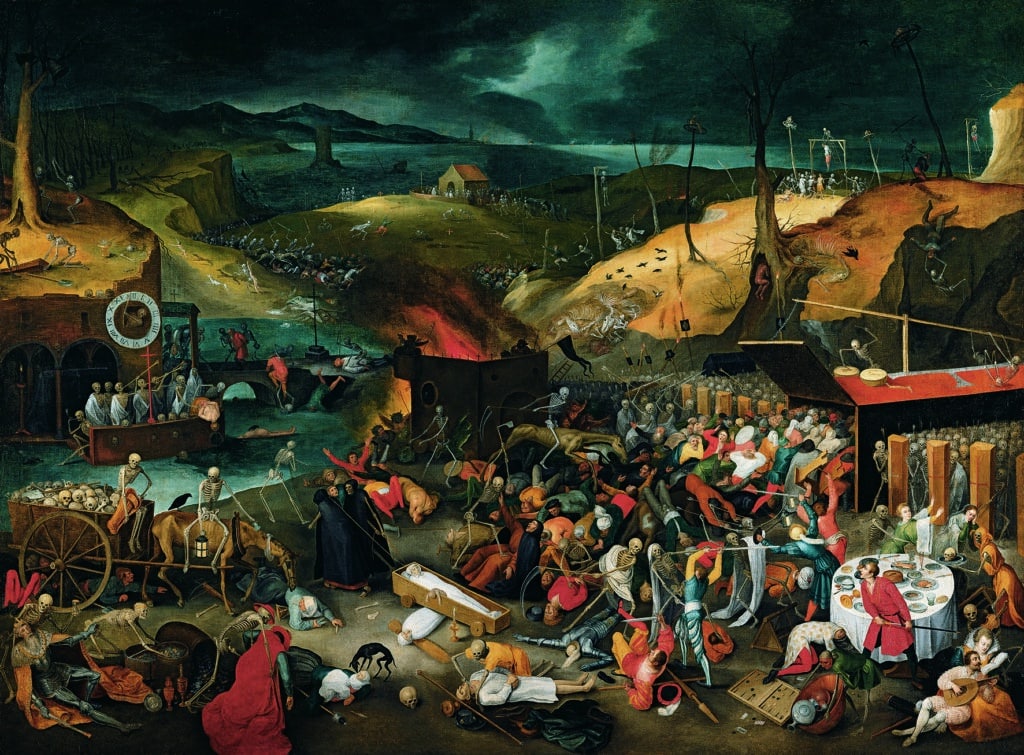
Jan Brueghel the Younger, Triumph of Death, c. 1620. LIECHTENSTEIN. The Princely Collections, Vaduz-Vienna, Photo: © LIECHTENSTEIN. The Princely Collections, Vaduz-Vienna
"The Dom Museum Wien, with its intimate rooms and highly emotional sculptures, paintings and graphics, is an ideal place to sensitively illuminate the topic of death from different perspectives," says Johanna Schwanberg. "Our exhibition can also be a 'safe space' for finding oneself on the occasion of a loss or the threat to one's own life due to a serious illness. We see our show as an opportunity, especially in difficult times, to have a place where the many impressions, reports and experiences of the stressful last few years can be aesthetically condensed through works of art, reflected on in peace and processed." As in all previous exhibitions since the reopening of the Dom Museum Wien in 2017, "Sterblich sein" does not tell a chronological story, but rather works with contrasts and juxtapositions of works from different art eras.
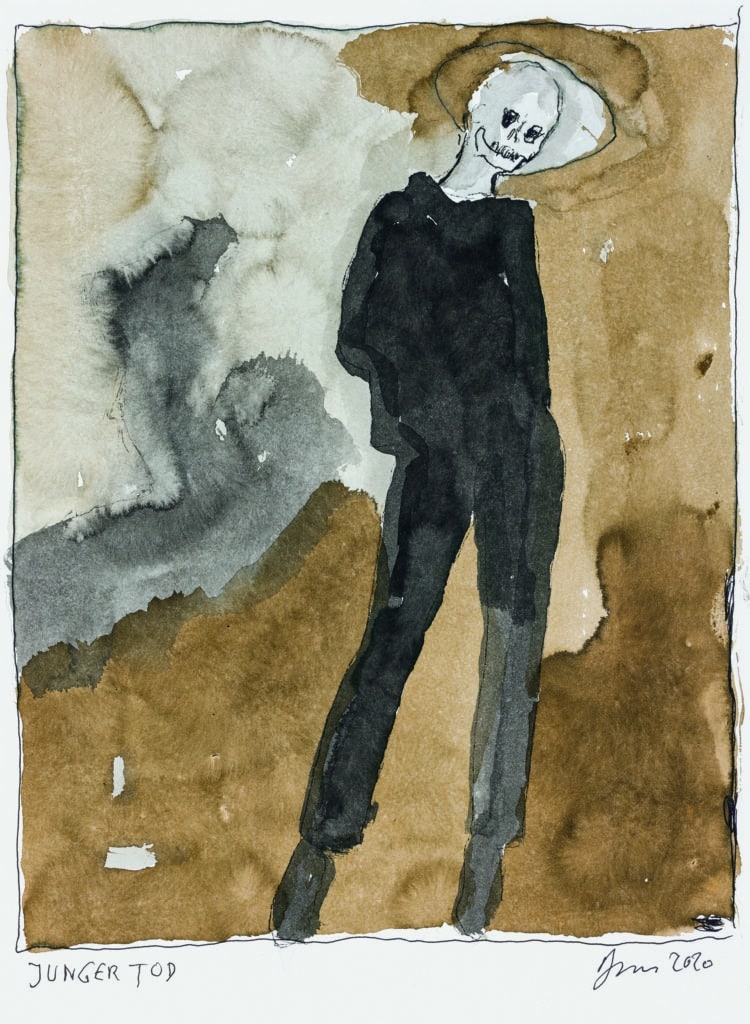
Günter Brus, Young Death, 2020 Courtesy of the artist © Günter Brus, Photo: L. Deinhardstein
The exhibition spans a wide range of sculptures, paintings, drawings, photographs and video installations from the Middle Ages to the present day. The selection shows works from the museum's historical holdings as well as from the Otto Mauer Contemporary collection, but also includes top-class loans from national and international collections, museums, foundations and galleries. "Sterblich sein" includes works by numerous contemporary artists in the exhibition, some of which have been specially developed for the show or newly acquired for the collection.
October 6, 2023 to August 25, 2024

